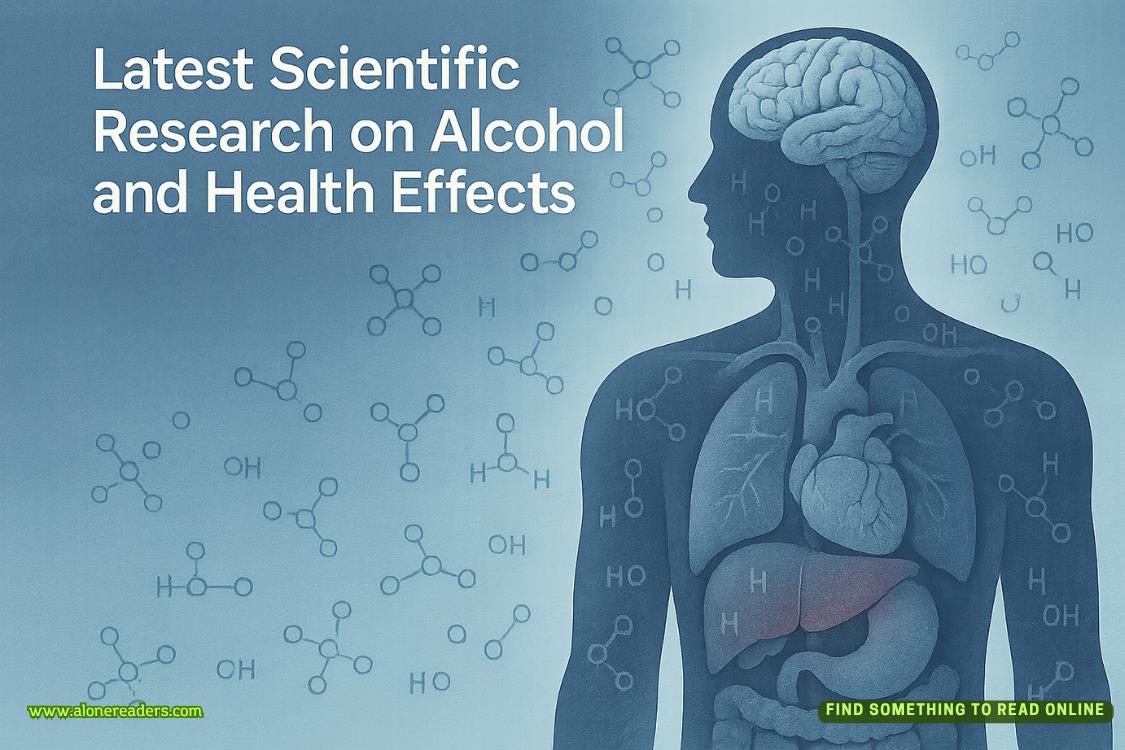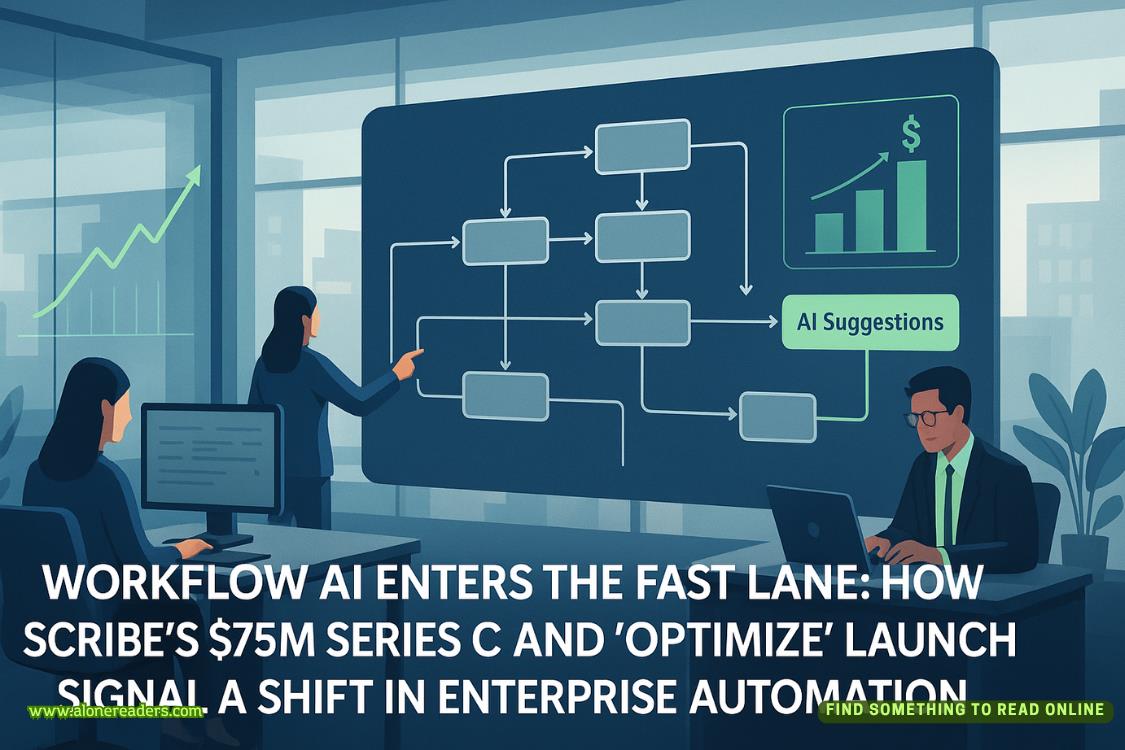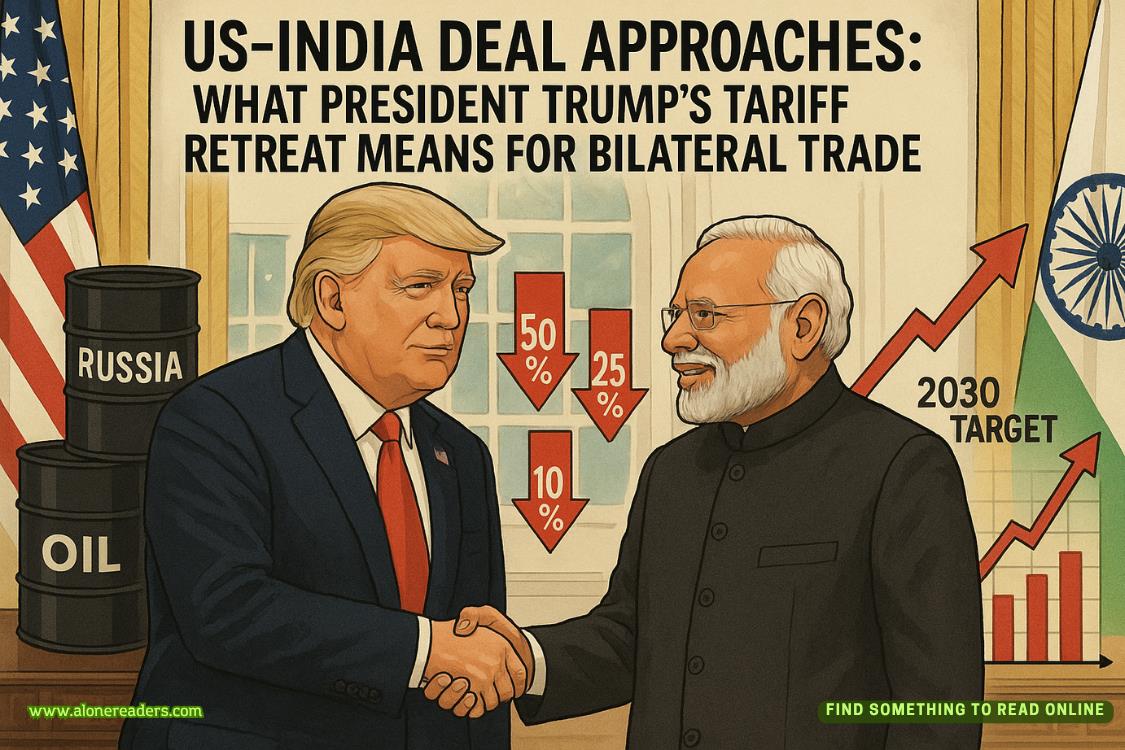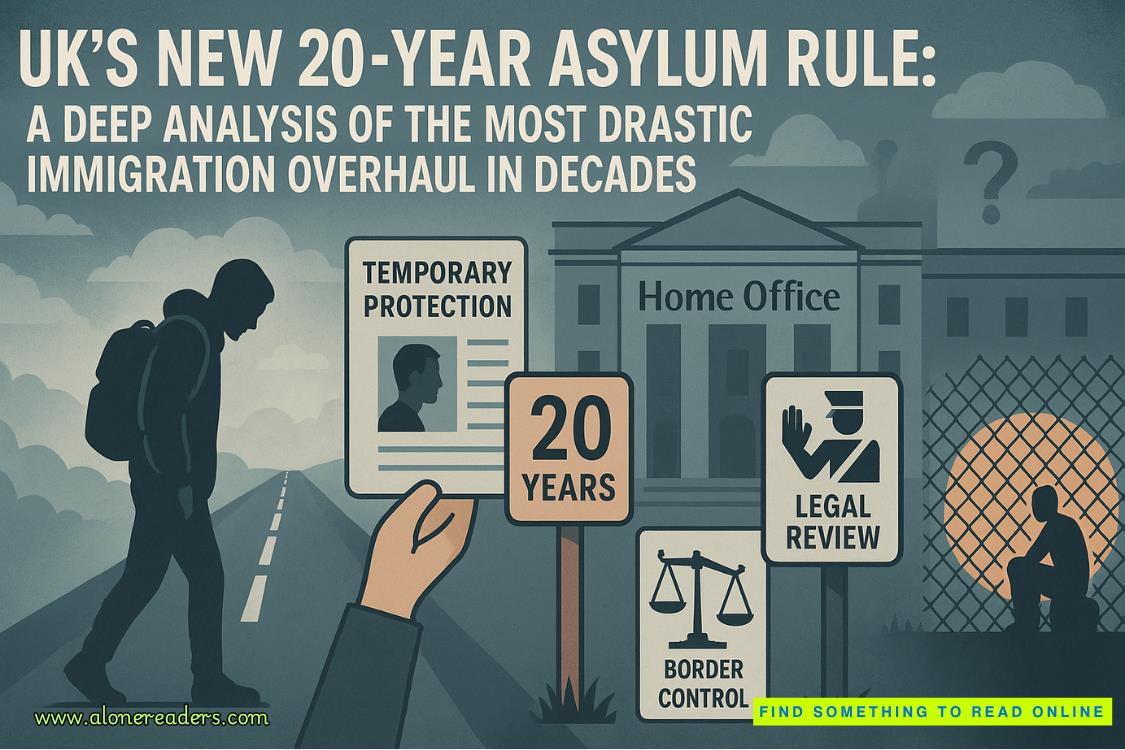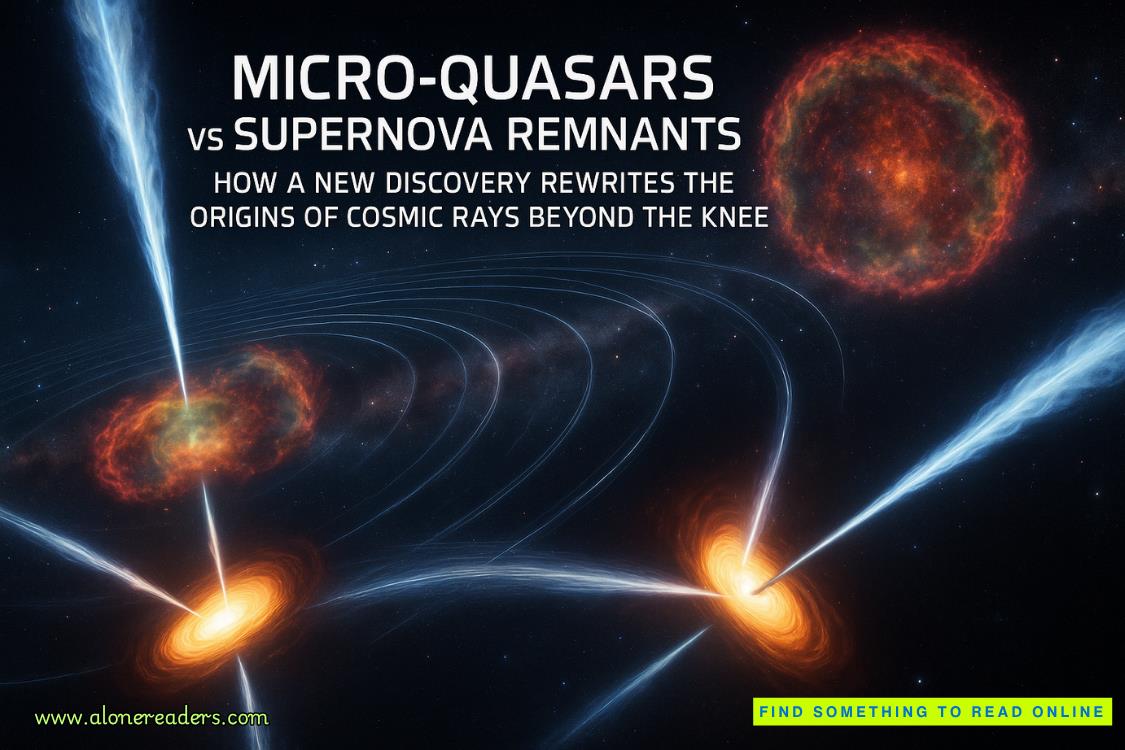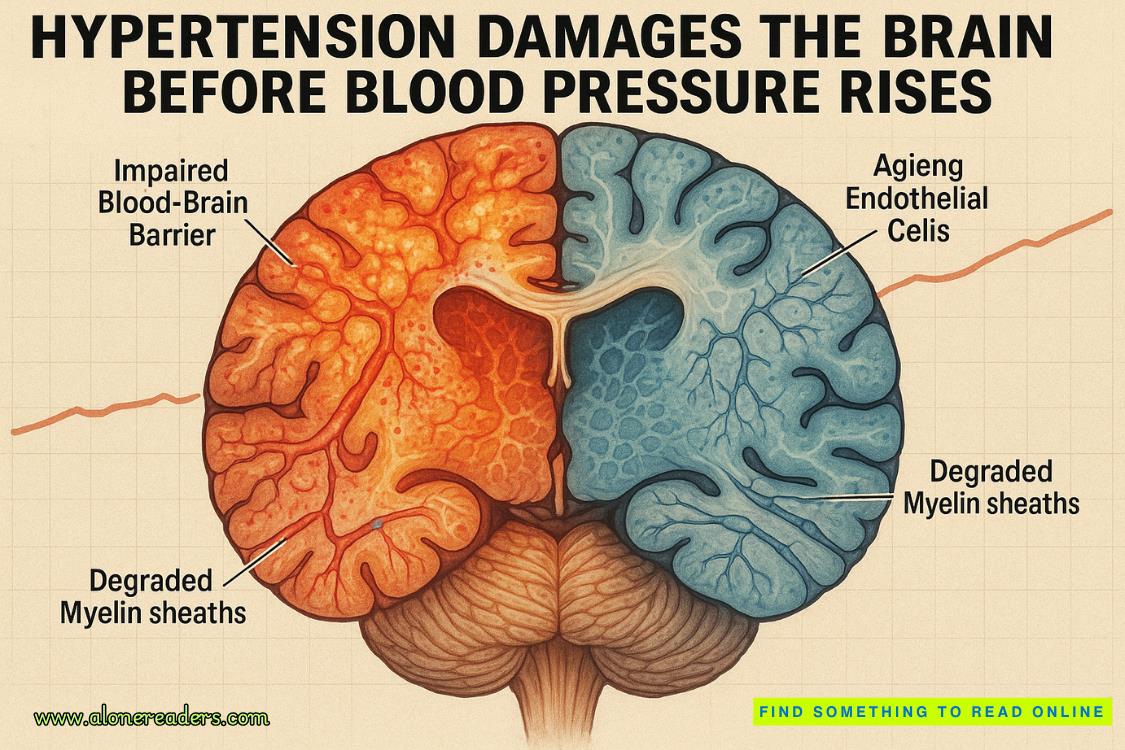Page 9 of Royally Benevolent
“Come on! This way!” She called in French.
She dashed down the alley with impressive speed. I chased after, not sure what the hurry was. I took a beat, smiling at how silly this was, but maybe I needed silly.
As I caught up, Odette said, “There’s a place with music. It’s just a piano bar, but it’s good.”
“Sure,” I agreed in English, hoping she’d get the hint.
Despite living here for years, I wasn’t a confident French speaker. Neandians mostly spoke good English but chose not to unlessforcedto. I didn’t know why they subjected themselves to the language of their former oppressive overlords—the Belgians during the 18th and 19th Centuries.
We crossed a street, turned down another alley, and ended up in the basement of a lively bar.
“How did you find this place?” I asked.
“I used to know their house pianist.” She switched to English.
People stared. It was unnerving. I sensed we’d been spotted. I usually ignored it, but I was here with a pretty young thing. People found things like this predictable, but I didn’t date younger. This was purely business.
“Cool.”
We ordered drinks and disappeared to a booth in the back.
“Honestly, I am sorry it ended like that,” Odie said.
I chuckled. “I’m not big on those sorts of events. I always feel awkward. I’d much rather discuss transport.”
“Really? I would have thought you’d be into that.”
So, she knew, too. I tried not to grimace and show my disdain for her knowing what I did.
“Nah. I don’t thrive like that. You?”
“I don’t mind getting dressed up.” Odie shrugged.
“You’re better at this than I am.”
She gave a kind smile and sipped her drink. “So what can be done about that junction?”
“It’s a mess,” I answered. “There are endless possibilities.”
“There is a bike signal already,” she said.
“There is. But without a way to force drivers to acknowledge the no-right turn—barriers—it’s effectively useless. Signage is not a best practice for a reason. You need more than that.”
“Are you talking about the whole bump-out thing?”
“Yes. Exactly. If the turn needs to be wider or tighter, drivers slow down and think. If there is more space between a driver and a pedestrian or cyclist, they are more apt to respect it. Alternatively, you can put parking not curbside but between the bike lane and traffic to protect cyclists further.”
“It all costs money.”
“But the government is handing out funding like candy,” I said. “A grant proposal would be all you need. You could request the funding as a board member.”
“Oh,” she looked nervous.
“I know it seems intimidating, but it’s straightforward. I could send you some resources.”
“Sure,” she eased a bit. “I could take a look.”
Her phone buzzed on the table.
